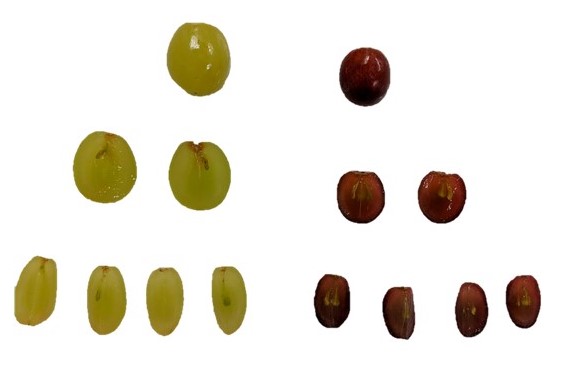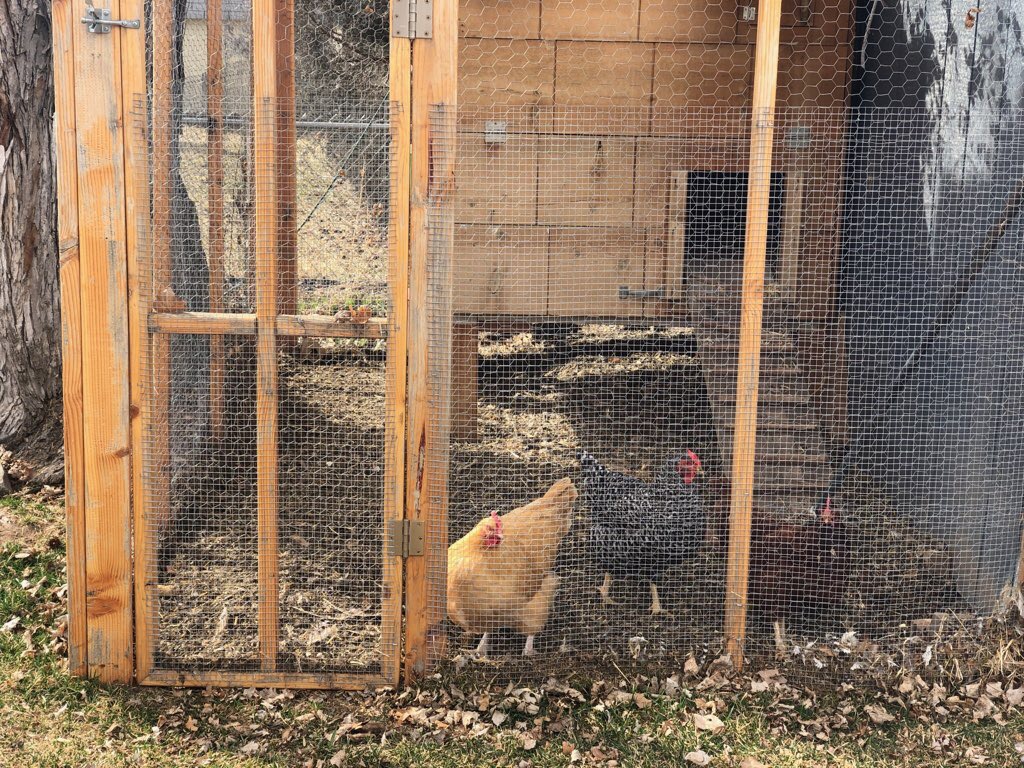Safe food handling is especially important with foods served to children. Young children (ages 2-5) are more susceptible to illnesses caused by unsafe food because they do not have fully developed immune systems and they consume more food in relation to their weight than adults.
Follow these tips to protect children’s health by serving safe foods!

Tips to Safely Serve Children
- Be a good role model by washing your hands and getting children in the habit of washing their hands, especially after using the bathroom and before eating.
- Encourage children to sit down while eating and to eat slowly.
- Offer finger foods that have been cut into appropriate sizes and properly cooked, if necessary.
- Supervise children while they are eating and be available in case of choking or other problems.
- When in doubt, throw it out! If perishable food or beverages have been out of refrigeration temperatures for more than two hours or held past recommended storage time, discard.
Avoid Unsafe Foods
- Unpasteurized juice: Check labels to ensure juice is pasteurized. Unpasteurized juices can contain harmful bacteria that may cause serious illness in young children due to their weaker immune systems.
- Raw milk: The Centers for Disease Control and Prevention (CDC) recommends that consumers avoid raw, unpasteurized milk. This is especially important for young children, who are at a higher risk of getting sick from raw milk.

Steps When Preparing Food
Clean: Before handling food, wash your hands, cooking utensils, and surfaces.
Separate: Separate raw and cooked foods, making sure that raw poultry, meat, seafood, and eggs do not contaminate ready-to-eat food.
Cook: Make sure dishes reach safe minimum internal temperatures.
Chill: Divide leftovers into shallow containers to cool quickly. Refrigerate foods within two hours of cooking to slow the growth of harmful bacteria.
Choose a variety of fruits and vegetables: This promotes variety in the diet and encourages children to develop a liking for new foods. Clean fruits and vegetables well. If you are concerned about pesticide residues on fresh produce, varying fruits and vegetables can help reduce exposure to the same types of pesticides.
Choose seafood wisely: Seafood is high-quality protein that can be part of a well-balanced eating pattern and support healthy growth. However, the FDA and EPA recommend choosing seafood low in mercury, like salmon and sardines. The FDA also recommends one to two servings of fish per week, remembering that portion sizes are smaller for young children: https://www.fda.gov/food/consumers/advice-about-eating-fish.
Prevent Choking
Be mindful of offering the following foods to very young children because they are at a higher risk for choking:
- Small, firm foods: These include nuts and larger pieces of raw vegetables. Instead, cook vegetables to soften before cutting into appropriate sizes.
- Slippery foods: These include hard candies, large pieces of meat, and whole small fruits like grapes. Instead, cut grapes, and chop well-cooked meat and protein foods into small pieces, less than ½ inch. Cut round foods like hot dogs lengthwise into strips instead of into rounds.
- Sticky foods: These include caramels, gum, taffy, and chunky peanut butter. Avoid just giving a spoonful of peanut butter and instead spread a thin layer of smooth nut butters on foods.

Children and Backyard Chickens
Raising backyard chickens can be a great way to enjoy fresh eggs. However, children under the age of five are more likely to develop salmonellosis from handling backyard poultry. The CDC recommends not letting children under five handle poultry unsupervised. Make sure children wash their hands well after touching birds or being in areas near poultry, even if they did not touch them. For more tips, see: https://www.cdc.gov/healthypets/pets/farm-animals/backyard-poultry.html.

Children depend on adults to practice food safety and be good role models of important behaviors, like handwashing. Handle food safely to help keep children healthy!
For more information on food safety for children, check out: https://extension.colostate.edu/topic-areas/nutrition-food-safety-health/serving-children-safe-foods-9-367/.


